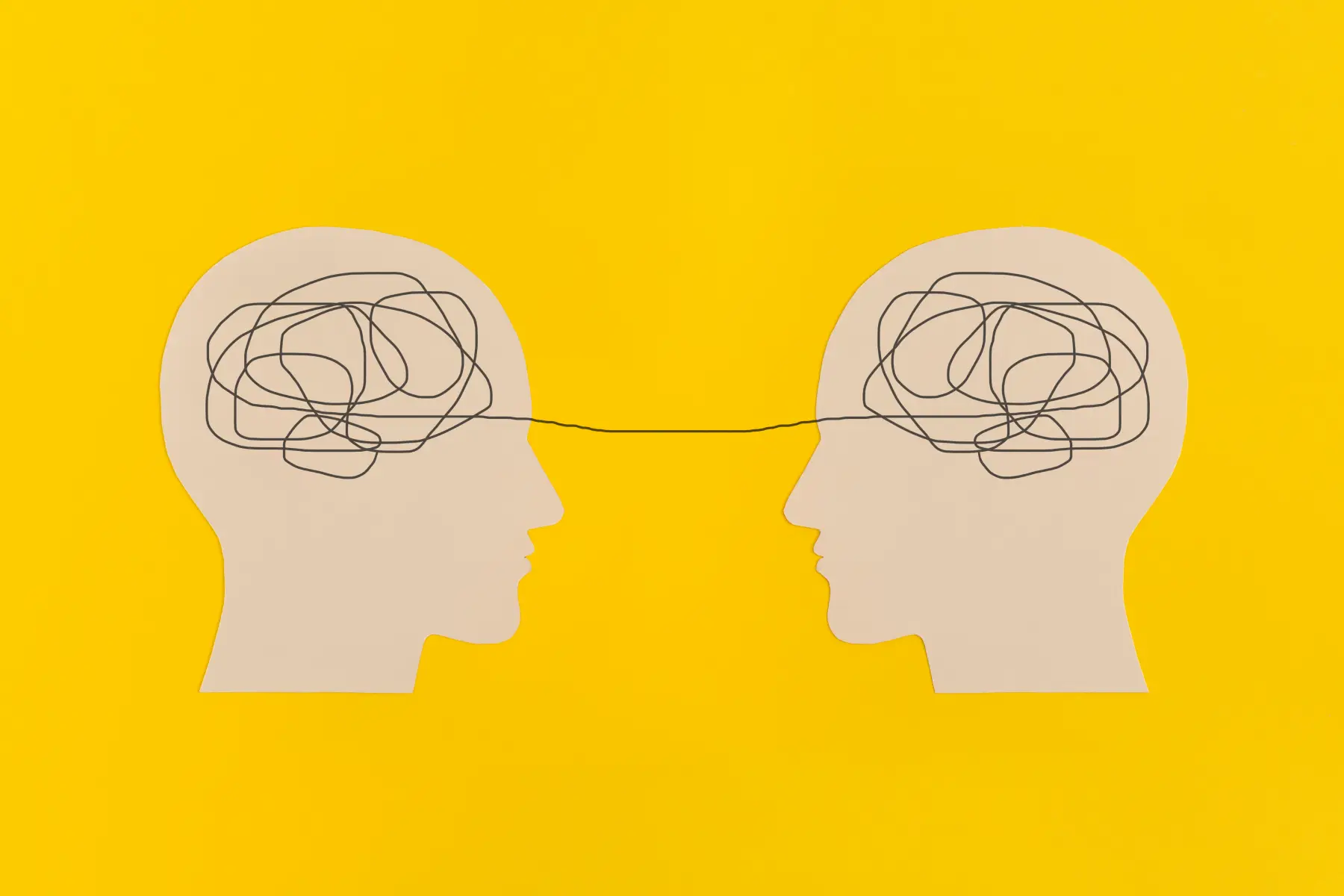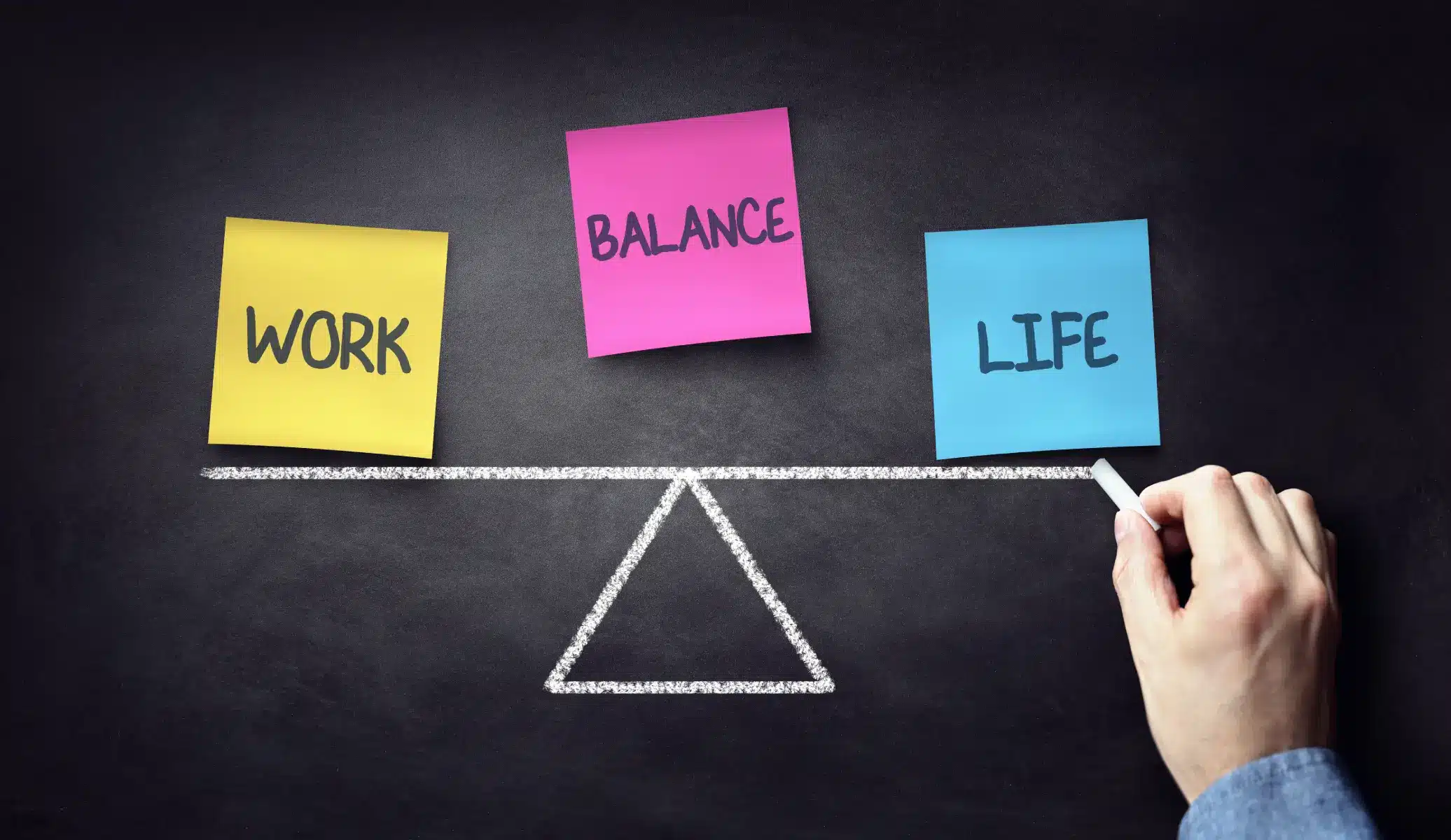This article addresses some social anxiety coping techniques to help you cope with situations that you may find difficult.
Do you panic when meeting new people? Does the idea of a crowded party leave you feeling cold? Does your heart race at the very thought of attending a networking event for work?
Believe me, it’s not just you!
In fact, social anxiety is far more common than you might think. There are actually a whole load of evolutionary reasons for its prevalence. However, this doesn’t mean that it’s a necessary part of the human condition.There are plenty of coping techniques you can use to try and trick your brain out of its tendency to panic in social situations.
Why we panic
Let’s look at how the brain functions for a second. Your brain basically works in two different ways. System one is all about surviving; system two is all about thriving. When you’re experiencing social anxiety, system one is firmly engaged.
At this point, your brain perceives the situation as threatening… You’re heading somewhere you really don’t want to be, somewhere that makes you feel like an outsider, so you try to get out of it, or you try to get it over with as quickly as possible.
And you try all sorts of tactics to make it less painful. At a party, you’ll gravitate towards the corner of the room, or you’ll cling to people you already know. Maybe you’ll spend an inordinate time at the buffet table or bar, busying yourself with finger foods and drinks. All of which tends to reinforce the idea that you’re somehow in danger.
So, to make social anxiety easier to cope with, what you want to do is flip from this survival mode into system two, where you start to thrive. In this mode you’re able to interact and get the most out of the situation, whether that’s actually enjoying the party or making new contacts at a work event.
Social anxiety coping techniques – engaging system two: how to move from surviving to thriving
Become the host
An effective social anxiety coping technique can be to act as if the party or event you’re attending, is something you’ve organised yourself. Now, I’m not talking about making free with the fridge or making yourself too comfortable, but rather thinking about what you would do in this situation if you were hosting. You’d likely act in a very different way. You’d start exhibiting behaviours that are far more likely to force you to function from system two.
For example, you’d probably make a point of hitting every part of the room. You’d check up on people to see if they were having a good time, maybe asking them about their journey or offering them a drink.
Essentially you’d be focused on putting people at ease. This is key because it forces you to concentrate more on other people’s needs rather than dwelling on what’s happening with yourself and any anxious feelings you might be experiencing.
Letting go of the ego
Trying to keep this focus on other people can be helpful even in smaller stakes situations that can, nonetheless, be stressful for those with social anxiety.
Let’s look at conversations as an example. Even having a chat with a few people you don’t know terribly well can be a cause of anxiety. As you’re talking you might find yourself worrying about how you’re coming across, about what the other person is thinking about you, or about what on earth you’re going to say next.
In other words, the emphasis is on you, on your ego.
And you can overcome this by once again turning the focus to the person you’re with and what they might need. So maybe start thinking about what you could do to make them feel more comfortable. How could you demonstrate more interest in what they’re saying?
When you do this, it helps move you out of that thought pattern where you’re worrying about your own impact; where you felt like a complete novice who has nothing of value to add. It propels you back into reality where you are, in fact, more than capable of thinking on your feet, of having an intelligent conversation.
Ground yourself in the present
Often, before you’ve even hit a particular social situation, you’ve played the full event out in your head. You imagine conversations and interactions and worry about anything that could potentially trip you up (literally and figuratively!).
At this point, you’re firmly planted in system one: survival. You’re assessing risks and actually convincing your brain that you’re headed into something approaching a war zone.
So, to help yourself engage system two, you might experiment with moving away from those thoughts. Stopping them altogether isn’t easy, but when you notice they’re happening you can try to redirect your brain by focusing on the present.
Try saying to yourself: ‘Right, I’m not going to go there. I’m going to bring myself back and focus on what’s happening right now. And when I am in that situation, I’m going to trust myself to deal with whatever presents itself.’
The more you dwell on negative thoughts, the more they start to impact upon your emotions and physical responses. Consciously moving away from those thoughts when they present themselves can minimise their impact. This can help you function in ‘thrive mode’ instead.
Break the pattern
When you’re operating from system one as you head into a social situation, your brain will go through a whole series of thought processes and emotional and physiological responses. The good news is that when you realise that those responses are happening — or are about to kick in — you can intentionally move yourself out of them. Apply a pattern interrupt.
In other words, you can interrupt system one’s natural expectations of how you react to certain social situations.
What might that look like?
If you’ve ever seen animals in nature, you’ll have noticed that they often puff themselves up to overcompensate in dangerous situations. And when we’re anxious we tend to do the same by deliberately making ourselves bigger. Or we go the other way and shrink ourselves by trying to take up less space.
So, if you find yourself doing something similar, see what it’s like to intentionally take on a more natural pose. It might feel a little artificial at first but the more you practice it, the more natural it will feel. It will certainly help you move out of that anxiety-induced state.
Another technique to try is holding your head up and looking around you. Again, it’s a natural physiological response, when you’re in system one, for you to tighten up around the neck and shoulder area. Your peripheral vision may start to close down almost as if there’s a physical threat that requires your entire focus.
So, when you recognise that that might be happening to you, whether you’re at a party, giving a presentation, or at a networking event, you can interrupt the pattern by simply looking around you now and again. In doing so, you send a strong signal to the brain that you’re comfortable enough to show curiosity in your environment. You’re proving that there’s no real threat that requires your entire focus.
In fact, this is a really effective technique to use when you first enter a social situation. Come in slowly and maybe pause to look around you and take the environment. Maybe even make eye contact and nod at one or two people. This not only shows people that you are available for conversation, it also interrupts the natural flow of system one. It helps you feel that little bit calmer even before you’ve had to interact with anyone.
Easing yourself in
When dealing with something like anxiety, it can be tempting to throw yourself into the deep end. While that can work for some, most people tend to find graded exposure is more effective; what this involves is gradually, over a period of time, building up the intensity of the challenges that you set yourself.
So rather than going into the most threatening situation from the off, try tackling smaller situations that are maybe just slightly outside of your comfort zone. Do these for increasingly extended periods, and get more comfortable with that. This way the next stage doesn’t feel like such a big jump.
For example, if you struggle with parties, rather than deciding not to go, you might ease yourself in by only going for an hour. During that hour, you’ll try your best to interact and to use some of the strategies I’ve outlined here. Promise yourself that if you still feel completely overwhelmed after that hour, you’ll leave, with no guilt and no fuss.
However, make yourself another promise. If after that hour, it’s not as bad as you thought it might be, you’ll stay a little longer.
By giving yourself permission to exit those situations, and by allowing yourself to judge those situations on their own individual merits, you’re rejecting the impulses of system one, which are to label a situation and judge it before it happens. And who knows, when system two kicks in, you might just surprise yourself!
As ever, I hope you find this helpful. If you have any questions about social anxiety coping techniques, or anything you’d like to share, I’d be happy to hear from you.



















